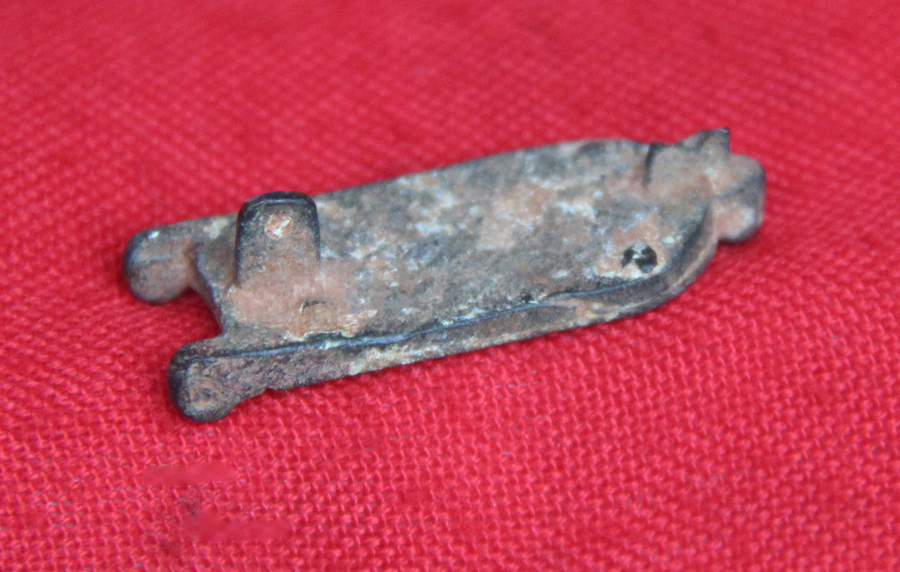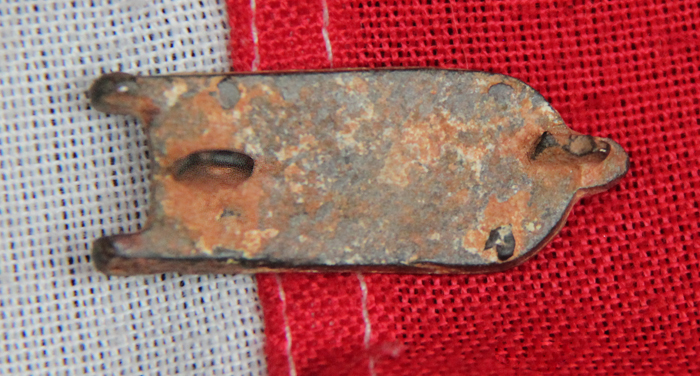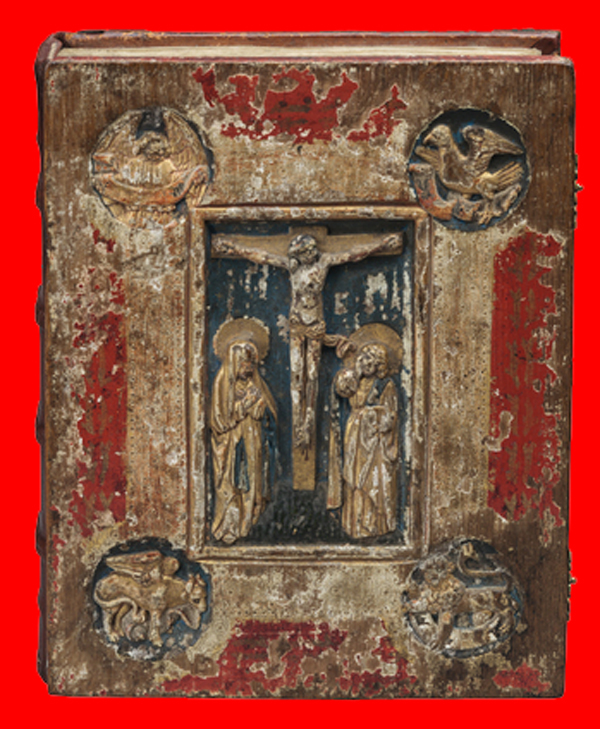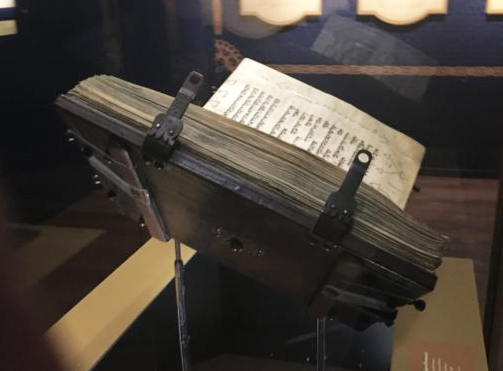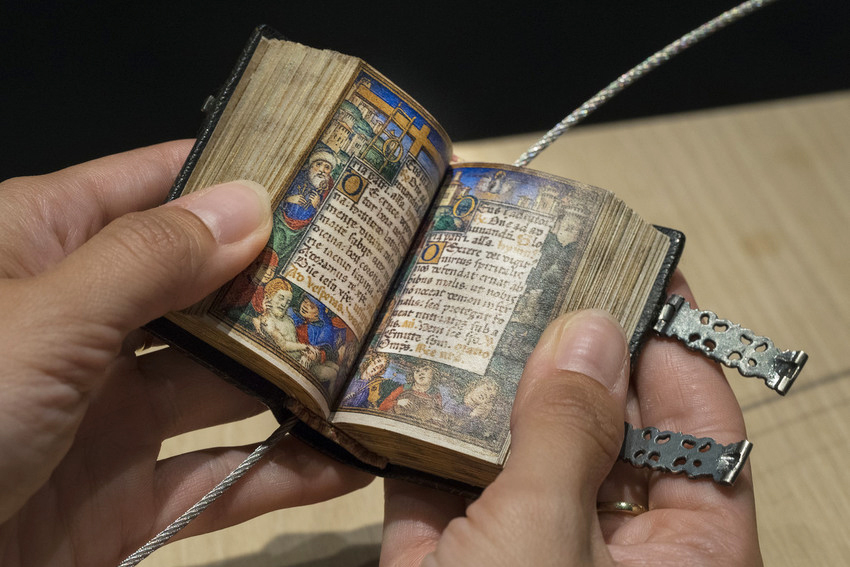A Beautiful Ancient Bronze and Enamel Book Clasp Around 1100 Years Old. From the Era of Anglo Saxon England & The Viking Incursions into Britain Through to The Early Crusades Period
Circa 10th-12th century AD. A stunning and most beautiful antiquity perfect for an antiquarian bibliophile as an example of the rarest of artefacts used to protect valuable volumes illuminated manuscripts and testaments.
A small and most intricate gem from the days of the Anglo Saxon’s and Vikings.
Originally from the Christian Eastern Roman Empire. A bronze tongue-shaped clasp with pelleted border and reserved peacock on an enamelled field. Anglo Saxon to early Norman period. Very fine condition. Two examples in the gallery show a 1000 year old book and a 1000 year old old testament that both had clasps such as this. The Bible is an ancient text. Like every other ancient text, the originals have not survived the ravages of time. What we have are ancient copies of the original which date to hundreds of years after their composition, for example from around 700 AD This is normal for ancient texts. For example, Julius Caesar chronicled his conquest of Gaul in his work On The Gallic War in the first century B.C. The earliest manuscript in existence dates to the 8th century AD, some 900 years later. The oldest biblical text is on the Hinnom Scrolls ? two silver amulets that date to the seventh century B.C. These rolled-up pieces of silver were discovered in 1979-80, during excavations led by Gabriel Barklay in a series of burial caves at Ketef Hinnom. When the silver scrolls were unrolled and translated, they revealed the priestly Benediction from Num 6:24-26 reading, ?May Yahweh bless you and keep you; May Yahweh cause his face to Shine upon you and grant you Peace.?6 The Ketef Hinnom scrolls contain the oldest portion of Scripture ever found outside of the Bible and significantly predate even the earliest Dead Sea Scrolls. They also contain the oldest extra-biblical reference to YHWH. Given their early date, they provide evidence that the books of Moses were not written in the exilic or postexilic period as some critics have suggested.
Richard Lassels, an expatriate Roman Catholic priest, first used the phrase “Grand Tour” in his 1670 book Voyage to Italy, published posthumously in Paris in 1670. In its introduction, Lassels listed four areas in which travel furnished "an accomplished, consummate traveler" with opportunities to experience first hand the intellectual, the social, the ethical, and the political life of the Continent.
The English gentry of the 17th century believed that what a person knew came from the physical stimuli to which he or she has been exposed. Thus, being on-site and seeing famous works of art and history was an all important part of the Grand Tour. So most Grand Tourists spent the majority of their time visiting museums and historic sites.
Once young men began embarking on these journeys, additional guidebooks and tour guides began to appear to meet the needs of the 20-something male and female travelers and their tutors traveling a standard European itinerary. They carried letters of reference and introduction with them as they departed from southern England, enabling them to access money and invitations along the way.
With nearly unlimited funds, aristocratic connections and months or years to roam, these wealthy young tourists commissioned paintings, perfected their language skills and mingled with the upper crust of the Continent.
The wealthy believed the primary value of the Grand Tour lay in the exposure both to classical antiquity and the Renaissance, and to the aristocratic and fashionably polite society of the European continent. In addition, it provided the only opportunity to view specific works of art, and possibly the only chance to hear certain music. A Grand Tour could last from several months to several years. The youthful Grand Tourists usually traveled in the company of a Cicerone, a knowledgeable guide or tutor.
The ‘Grand Tour’ era of classical acquisitions from history existed up to around the 1850’s, and extended around the whole of Europe, Egypt, the Ottoman Empire, and the Holy Land. The book clasp is 10.4 grams, 38mm (1 1/2" inches long)
The dirt from the rear surface of the object was removed manually using a scalpel under magnification. Care was taken not to dislodge the powdery, corroding surface. With all hand conservation if the surface is in particularly sensitive condition the dirt was left in situ
Code: 22940
1295.00 GBP


